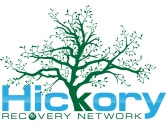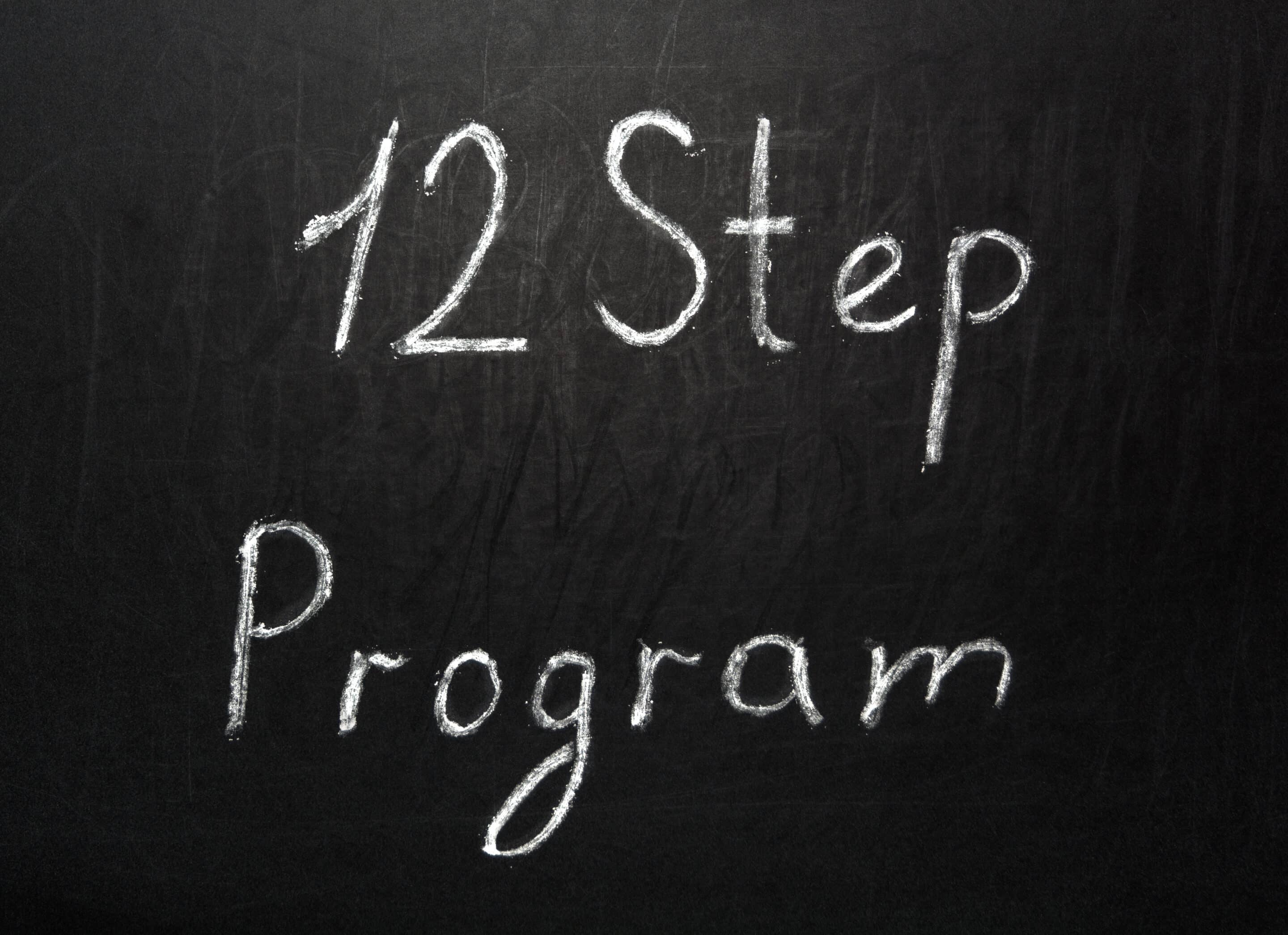Peer-based 12-step addiction recovery programs such as Alcoholics Anonymous (AA), Narcotics Anonymous (NA) and Cocaine Anonymous (CA) were first introduced in the 1930’s. Developed by Bill Wilson (Bill W.) and Dr. Bob Smith (Dr. Bob), two alcoholics who strived to maintain their sobriety through mutual support. Program members attend regular meetings where participants can share their experiences and learn about the 12-steps.
AA has grown to become a global fellowship of alcoholics, and meetings are held worldwide as well as online. One of the founding principles of AA, and all other 12-step programs, is that it’s members acknowledge that they cannot control their addiction. Another critical tenant of 12-step programs is anomity – the idea that all members are equal in their addiction, and that membership can never be used for personal gain, power, or exploitation.
What Are the 12 Steps?
While the actual wording of the 12 steps varies slightly between programs, the fundamentals of the steps are:
- That members admit they are powerless over the substance, or behavior, they are addicted to, and that their lives have become unmanageble as a result.
- Members recognize that a higher power can restore their sanity.
- That members must surrender themselves to their chosen higher power.
- Make a comprehensive moral inventory of their character faults.
- To admit to their higher power, and other addicts, the damage caused by their addiction.
- Be prepared to have a higher power remove the member’s character defects.
- Ask the higher power to remove their flaws.
- Prepare a list of all the people who the member has harmed, and be open to making amends.
- Work to make amends, except in cases where such amends would cause further harms.
- Take personal inventory and immediately admit when wrong.
- Use prayer and mediation to connect with one’s higher power.
- Work to help other addicts and embody the 12-steps in day-to-day life.
How Long Is A 12-Step Program?
Unlike many other recovery programs, with a 12-step program there’s no set start and end date or duration. As a voluntary fellowship, members are free to join, or leave, their particular 12-step program at any time.
Some members choose to participate in meetings on a daily basis, and it’s not uncommon to find individuals who attend more than one meeting a day when they first start working their 12-step program.
Another important aspect of 12-step programs is sponsorship. Sponsors are members who act as volunteer mentors and confidants on a one-on-one basis for their sponsees. 12-step sponsors are generally individuals who have been working their program for at least a year, and who have assumed a leadership role in the fellowship.
Learn More About 12-Step Addiction Programs
To learn more about 12-step programs such as AA and NA, and find out how these programs can help you achieve and maintain your sobriety, contact our addiction specialists here at Hickory Treatment Centers.


